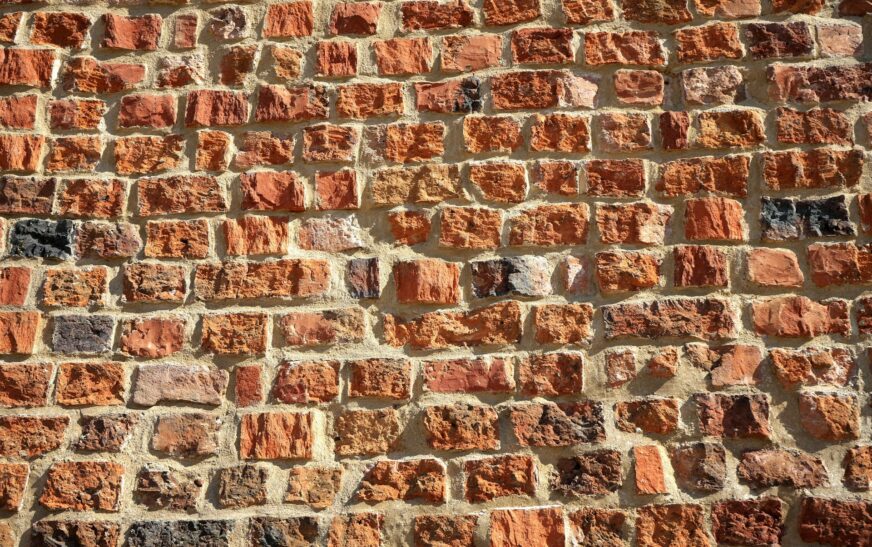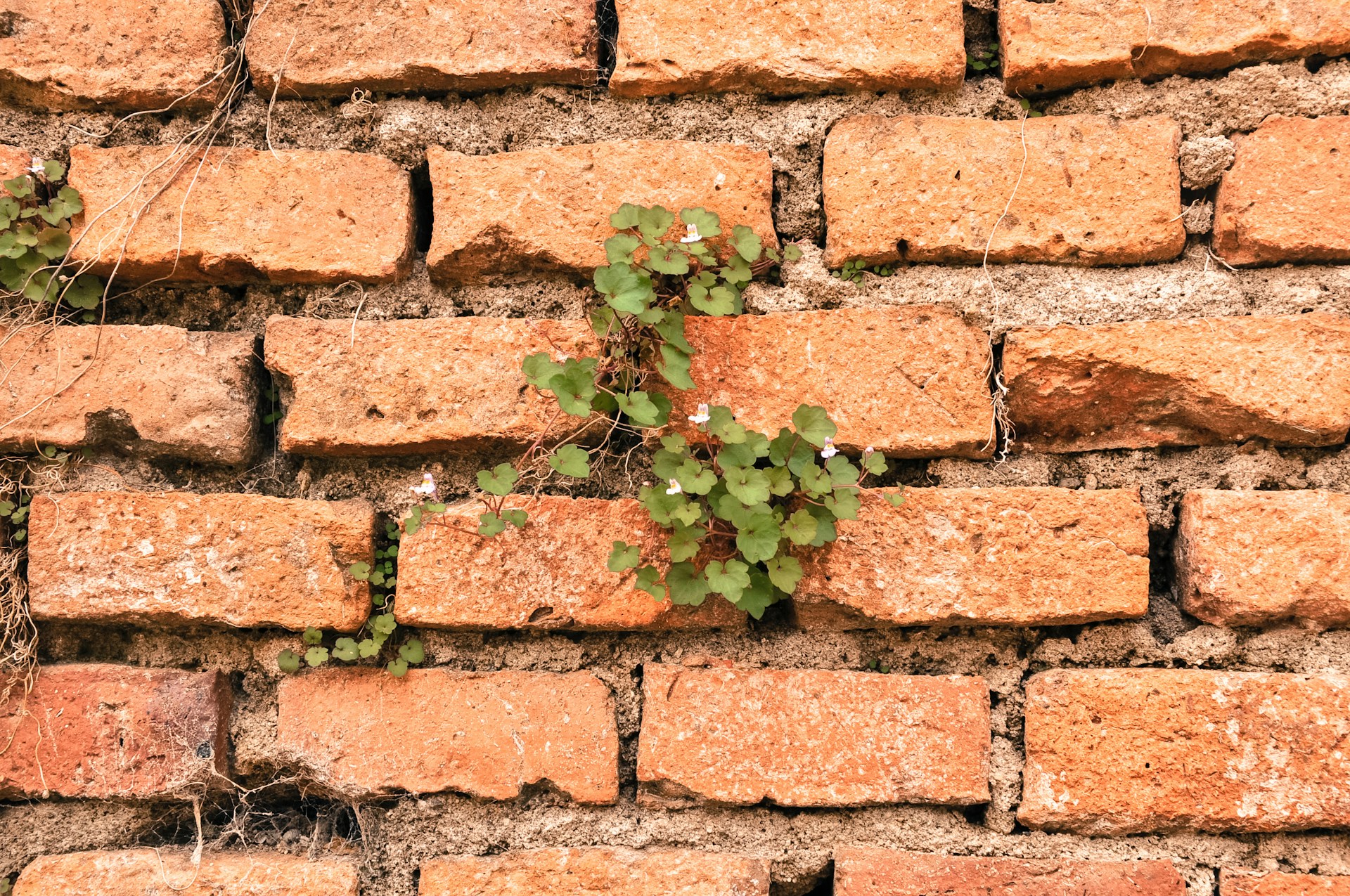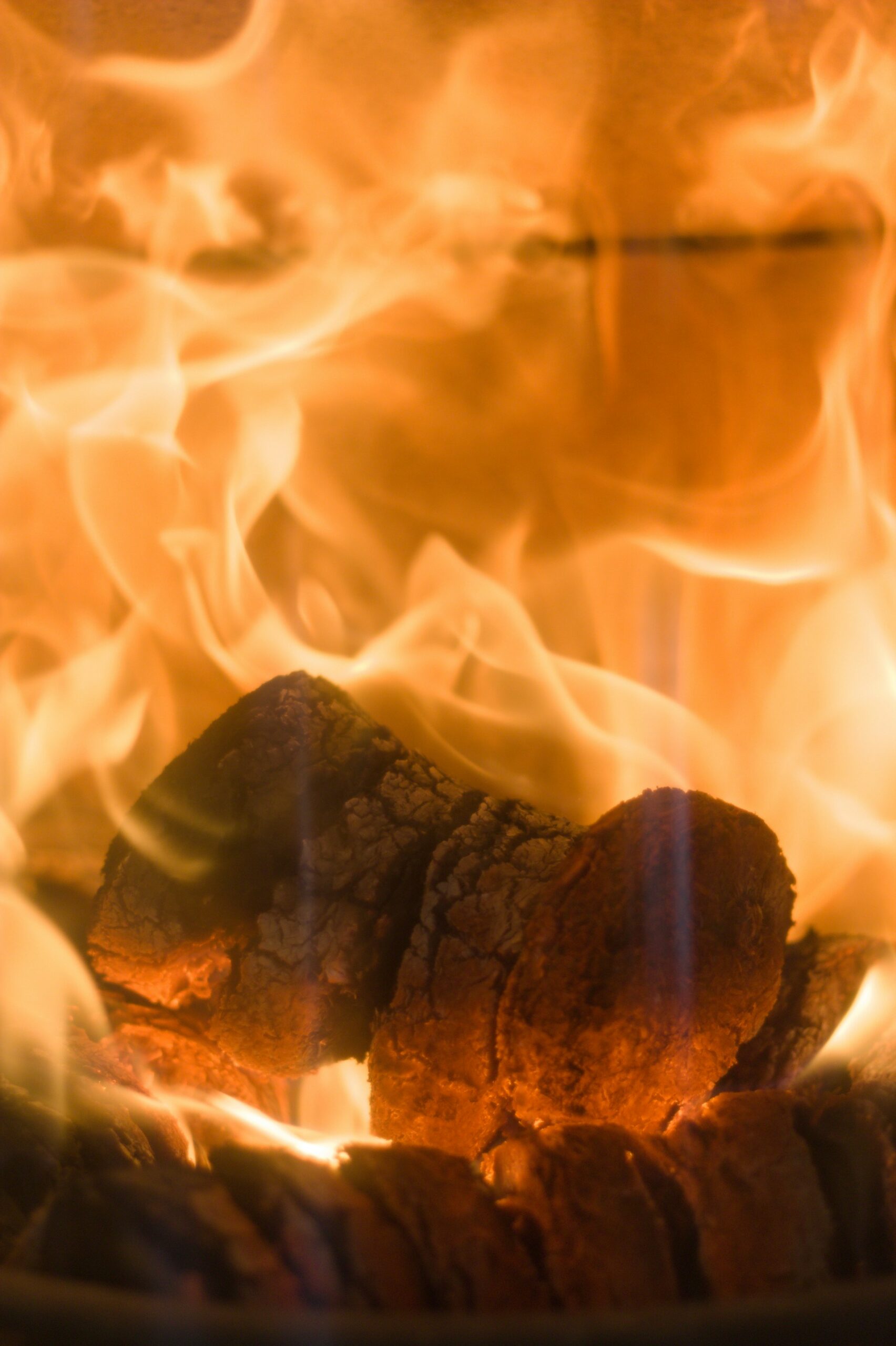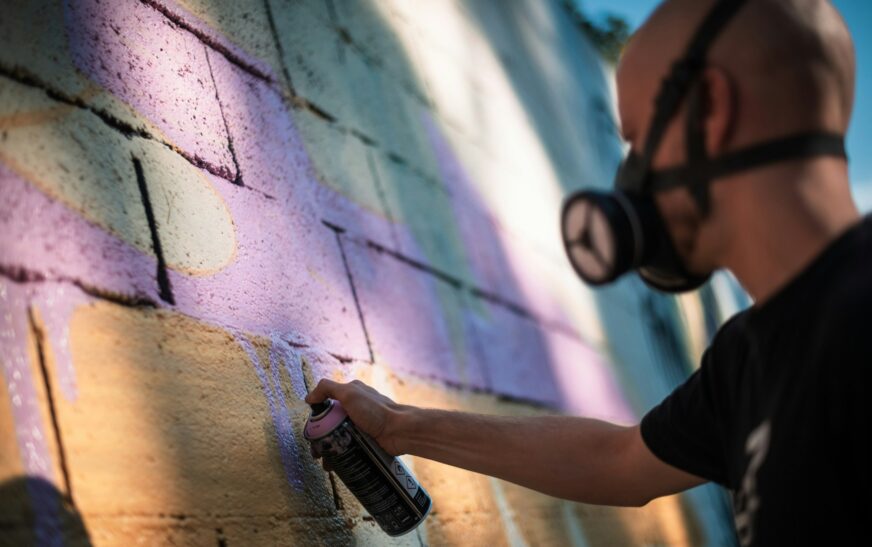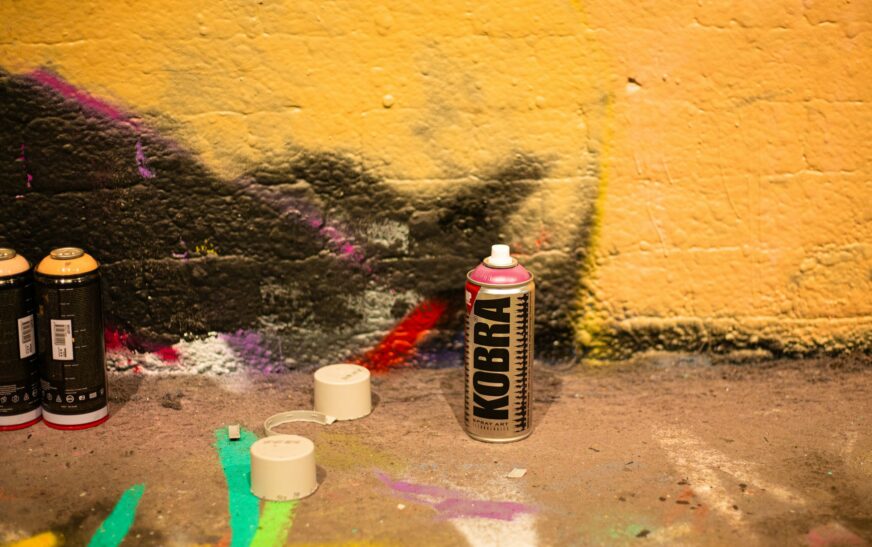Spray paint on brick—whether the result of a misguided DIY attempt, accidental overspray, or unwanted graffiti—can be a stubborn nuisance. And if you’ve ever faced the task of removing it, you know just how uncooperative brick can be. It’s rough, porous, and quick to absorb anything sprayed onto it.
how do I remove spray paint from brick
So, the question is real and urgent: how do I remove spray paint from brick without causing damage or wasting hours on failed attempts?
Let’s dive into the methods that work, the materials you’ll need, and some smart precautions you shouldn’t overlook.
Understanding the Challenge: Why Spray Paint Clings to Brick
Before grabbing a brush or chemical stripper, it’s important to understand what makes spray paint on brick such a challenge.
Brick isn’t smooth like metal or wood. It’s filled with microscopic holes and textures that trap paint deep within the surface. Spray paint, especially aerosol-based types, is designed to adhere quickly and dry fast—making it great for coverage, but a nightmare to remove from textured materials, How Do I Remove Spray Paint from Brick?.
Add in mortar joints and weather exposure, and you’ve got a cleaning job that’s more than just skin-deep.
Method 1: Power Washing with Care
When it works best: Outdoor walls or large affected areas with newer spray paint.
A pressure washer can work wonders, especially if the paint hasn’t fully cured or seeped deep into the brick. Use a machine with a PSI between 1,500 and 3,000. Too low, and the paint won’t budge. Too high, and you risk damaging the brick surface or dislodging mortar.
Steps:
- Soak the area with plain water to prevent immediate absorption of chemicals.
- Use a graffiti remover or paint stripper suited for masonry (always test a small area first).
- Let it dwell—5 to 15 minutes is typical.
- Pressure wash using a fan nozzle, maintaining consistent distance and angle.
Caution: Never pressure wash interior brick. That’s strictly an exterior technique.
Method 2: Paint Strippers for Masonry
When it works best: Interior brick or delicate, older surfaces where power washing is too aggressive.
Choose a gel-based or citrus-based paint remover formulated specifically for masonry. These products cling to vertical surfaces and penetrate deeper than water-based cleaners.
Steps:
- Ventilate the space well.
- Apply the stripper with a brush—thick and even coverage is key.
- Let it sit per product instructions (usually 20–60 minutes).
- Scrub using a stiff-bristle brush (not metal—avoid damaging the brick).
- Rinse with warm water using a sponge or wet vac.
For stubborn spots, repeat the process. Patience here pays off.
Method 3: Baking Soda Blasting (Professional)
When it works best: Historic buildings, large murals, or delicate surfaces requiring a balance of abrasion and safety.
This technique uses pressurized air and fine baking soda particles to remove paint without harming the underlying brick. It’s less abrasive than sandblasting and more effective on porous masonry.
Because of the equipment and skill required, it’s often handled by professionals. However, for serious jobs or highly visible brickwork, it’s one of the cleanest, most effective methods available.
Method 4: Household DIY for Light Overspray
When it works best: Small touch-ups, interior spills, or light graffiti.
Sometimes, the job is minor—and a few household supplies can do the trick.
- Rubbing alcohol or acetone: Apply with a rag and gently scrub.
- Vinegar and baking soda: Combine for a light abrasive scrub.
- Toothbrush or detailing brush: Great for narrow mortar joints and edges.
These methods won’t work on heavy or old paint, but they’re safe for light clean-up.
Tips to Maximize Results (and Avoid Mistakes)
- Test first. Always test any cleaner or method on a hidden area to ensure it doesn’t stain or damage the brick.
- Don’t use metal brushes. They can scratch the surface and leave unsightly marks.
- Avoid bleach. It doesn’t remove paint—and can weaken mortar over time.
- Rinse thoroughly. Whether using chemicals or scrubbing agents, never leave residue on the brick.
Preventing Future Spray Paint Incidents
While prevention isn’t always possible, you can make future cleanup easier with these options:
- Apply a masonry sealer. It acts as a barrier, making it harder for spray paint to penetrate the brick’s pores.
- Use anti-graffiti coatings. These specialized coatings allow for easier removal of spray paint with water or mild detergent.
Read More : Can You Spray Paint Brick? What You Need to Know Before You Start
Final Thoughts: How Do I Remove Spray Paint from Brick—Successfully?
So, how do you remove spray paint from brick? With care, strategy, and the right tools for your unique situation. There’s no one-size-fits-all method, but whether you opt for pressure washing, chemical removers, or gentler DIY solutions, the goal is the same: clean, preserved brick—without permanent damage.
Remember, brick is durable but not invincible. Treat it with patience, use products designed for its quirks, and take your time. The clean surface you’re after is entirely within reach.a range of opportunities for those who are willing to invest their time, effort, and resources into it.

